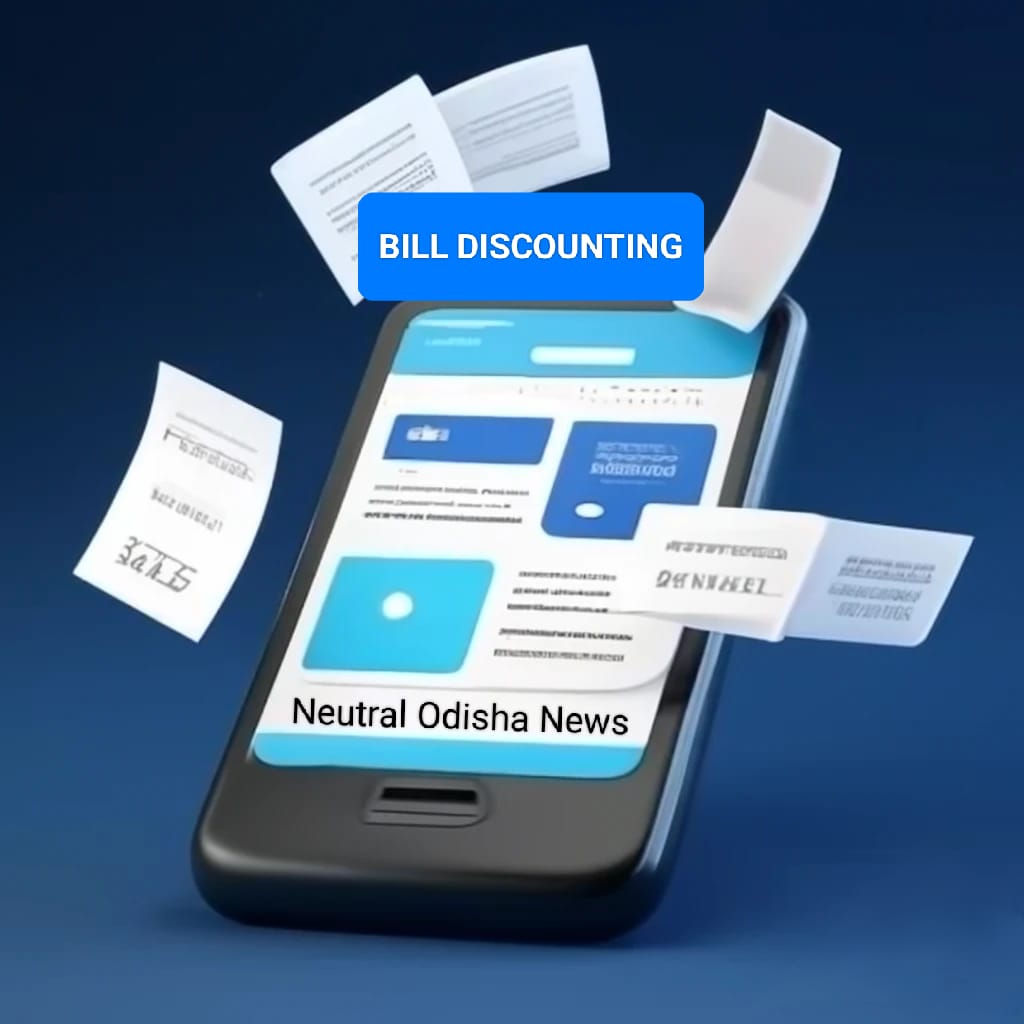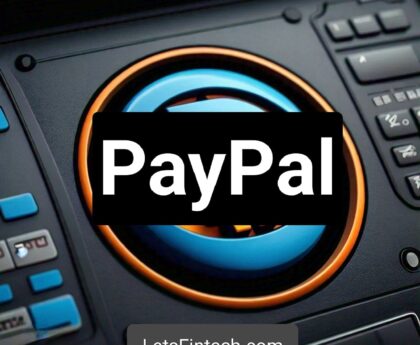Bill discounting is a financial tool widely used in business, particularly in industries where goods or services are supplied on credit. It provides businesses with immediate working capital by allowing them to convert their unpaid invoices into cash, ensuring smooth operations while waiting for their clients to pay.
In this article, we will explore the concept of bill discounting, how it works, the companies that commonly use it, the revenue models involved, and some real-world examples of its application.
What is Bill Discounting?
Bill discounting is a financing mechanism where a company sells its accounts receivables (i.e., unpaid invoices) to a financial institution (usually a bank or a non-banking financial company, or NBFC) at a discounted rate in exchange for immediate cash. The discount applied is essentially the interest charged by the bank or NBFC for the period until the invoice is settled.
It is a short-term financing method that helps businesses meet their working capital needs by unlocking the cash tied up in unpaid invoices. Bill discounting is also referred to as invoice discounting or invoice factoring.
How Does Bill Discounting Work?
Here’s how the process typically works:
1. Sale on Credit: A seller (the business) supplies goods or services to a buyer (the customer) on credit, issuing an invoice with a due date (usually 30, 60, or 90 days).
2. Discounting Agreement: The seller approaches a financial institution to discount the invoice. The financial institution assesses the creditworthiness of the buyer before agreeing to discount the bill.
3. Immediate Cash: Once approved, the financial institution advances a certain percentage of the invoice value to the seller (typically 80-90%).
4. Settlement: When the buyer pays the full amount on the due date, the financial institution deducts its discounting fee and transfers the remaining balance to the seller.
Companies That Use Bill Discounting
Bill discounting is commonly used by businesses across industries, especially those that operate on credit terms. Here are some industries and companies that regularly use bill discounting:
1. Manufacturing Companies: Manufacturers often supply products to distributors or retailers on credit, making bill discounting a valuable tool to improve cash flow. Examples include large firms like Tata Steel or Godrej Industries, which have large credit cycles with clients.
2. Trading Companies: Import-export businesses or trading firms that deal with large-scale transactions on credit also use bill discounting. For instance, a trading firm supplying raw materials to construction companies might discount bills to manage working capital.
3. SMEs (Small and Medium Enterprises): SMEs are often reliant on bill discounting because they might not have access to other forms of credit. For instance, a small auto parts supplier to large automobile manufacturers might use bill discounting to ensure steady cash flow.
4. IT and Service Companies: Service-based industries, such as IT firms or consultants, often have long payment cycles from clients. Companies like Infosys or Wipro might use bill discounting for their outstanding invoices from clients.
Revenue Model of Bill Discounting
The revenue model for bill discounting is primarily based on the discounting fee charged by the financial institution. This fee is generally a percentage of the invoice value and depends on several factors:
1. Credit Period: The duration for which the invoice is outstanding. The longer the credit period, the higher the fee.
2. Creditworthiness of the Buyer: The risk associated with the buyer’s ability to pay. If the buyer has a high credit score, the discounting fee might be lower.
3. Invoice Amount: Larger invoices often attract lower percentage fees due to economies of scale.
The discount rate generally ranges between 1.5% to 3% of the invoice value for a 30-day credit period, though this can vary depending on the risk and market conditions.
Example of Revenue Model:
• Invoice Amount: ₹10,00,000
• Discount Rate: 2% per 30 days
• Advance Percentage: 90%
1. The seller discounts the invoice worth ₹10,00,000 for a 30-day period at a 2% discount rate.
2. The bank advances 90% of the invoice amount (i.e., ₹9,00,000) immediately.
3. When the buyer pays ₹10,00,000 on the due date, the bank deducts 2% (₹20,000) as the discount fee.
4. The seller receives the remaining ₹80,000 (₹10,00,000 – ₹9,00,000 – ₹20,000) once the buyer pays.

Types of Bill Discounting
1. With Recourse: In this type, if the buyer fails to pay the invoice, the seller is still liable to repay the bank. This is the most common type of bill discounting.
2. Without Recourse: Here, the bank assumes the risk if the buyer defaults. However, this type usually comes with higher fees to account for the added risk.
Examples of Companies Offering Bill Discounting
1. TReDS (Trade Receivables Discounting System): Launched in India by the Reserve Bank of India, TReDS is a platform that facilitates bill discounting for MSMEs (Micro, Small, and Medium Enterprises) by providing them access to multiple financiers. Examples of platforms operating under TReDS include:
• RXIL (Receivables Exchange of India Ltd)
• M1xchange
• A.TReDS (Invoicemart)
2. Banks and NBFCs: Several banks such as HDFC Bank, ICICI Bank, and SBI offer bill discounting services. NBFCs like Bajaj Finserv and Tata Capital also provide these services to SMEs.
3. Fintech Companies: Startups like KredX and Cashinvoice have emerged, offering tech-driven solutions for invoice discounting. They operate as digital platforms where businesses can auction their invoices to investors for quick cash.
Benefits of Bill Discounting
1. Improved Cash Flow: Bill discounting provides businesses with immediate liquidity, ensuring they can meet operational costs without waiting for customer payments.
2. Lower Risk for Sellers: In “without recourse” discounting, the risk of buyer default is transferred to the financial institution.
3. Flexible Financing: Bill discounting is based on the seller’s invoices, so it doesn’t require additional collateral, unlike traditional loans.
4. Strengthens Business Relationships: Sellers can offer more extended credit periods to buyers without worrying about cash flow issues.
Challenges of Bill Discounting
1. Risk of Non-Payment: In “with recourse” discounting, the seller remains liable if the buyer defaults.
2. Higher Costs: The discount rate charged by financial institutions can be significant, cutting into the seller’s profit margins.
3. Creditworthiness Dependency: The seller’s ability to discount invoices often depends on the buyer’s creditworthiness, limiting options if the buyer is seen as a risk.
Bill discounting is an essential financial tool that helps businesses manage cash flow more efficiently, especially in industries with long credit cycles. By converting unpaid invoices into immediate working capital, companies can continue their operations without disruptions. Financial institutions, fintech platforms, and banks play a significant role in facilitating bill discounting, with the system benefiting small businesses, large corporations, and even financial investors.
With the growing importance of efficient cash management, especially in the wake of economic uncertainties, bill discounting remains a viable solution for many businesses to maintain financial stability while awaiting payments.



